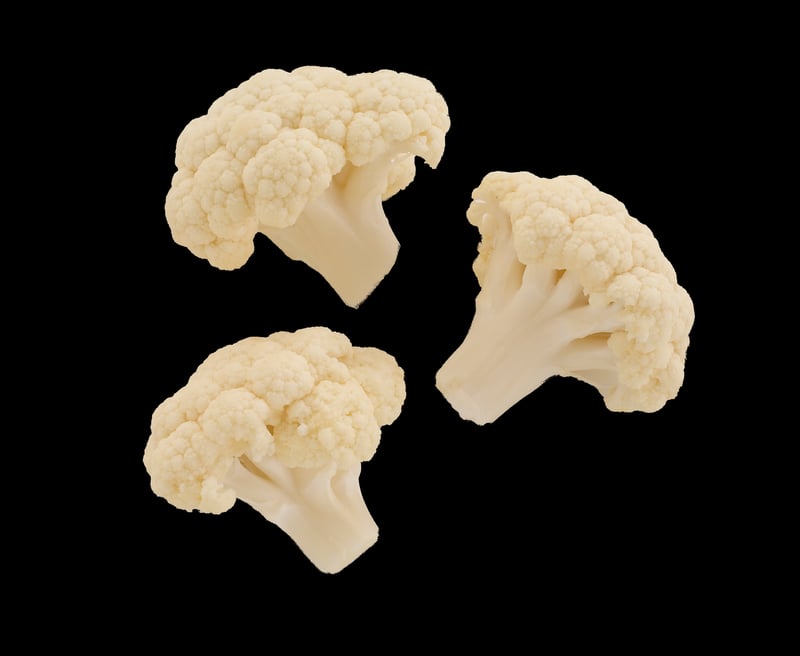Prototyping Process
Creating Successful Products: The Prototyping Process
When it comes to developing successful products, the prototyping process is a crucial step that can significantly impact the outcome. Prototyping allows designers and developers to bring their ideas to life, test them, and refine them before final production. By iterating through prototypes, teams can identify and address potential issues early on, leading to better products that meet user needs and expectations.
Benefits of Prototyping:
- Allows for early testing and validation of concepts
- Helps identify design flaws and usability issues
- Facilitates communication and collaboration among team members
- Reduces the risk of costly changes during later stages of development
- Provides a tangible representation of the final product
The Prototyping Process:
1. Define Objectives and Requirements
Start by clearly outlining the goals of the prototype and the key requirements it should meet. Understanding the purpose of the prototype will guide the design and development process.
2. Ideation and Conceptualization
Brainstorm ideas and concepts that address the identified objectives. Consider different approaches and features that could be included in the prototype.
3. Create Low-Fidelity Prototype
Develop a basic, low-fidelity prototype that captures the core functionality and layout of the product. This initial prototype is used to gather feedback and make quick iterations.
4. Test and Gather Feedback
Conduct usability testing with target users to gather feedback on the prototype. Identify any usability issues or areas for improvement.
5. Refine and Iterate
Use the feedback received to refine the prototype and make necessary iterations. Repeat testing and refinement until the prototype meets the desired objectives.
6. Create High-Fidelity Prototype
Develop a more detailed, high-fidelity prototype that closely resembles the final product. This prototype may include visual design elements and interactive features.
7. Final Testing and Validation
Conduct final testing and validation to ensure that the high-fidelity prototype meets all requirements and is ready for production.
Conclusion
The prototyping process is a critical component of product development that can lead to the creation of successful and user-centric products. By following a structured prototyping process, teams can iterate, test, and refine their ideas to ultimately deliver products that meet user needs and expectations.
Image source: Pixabay

